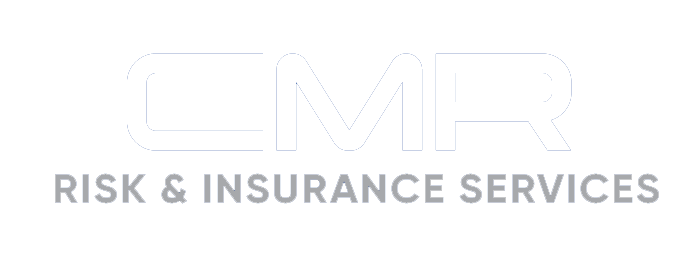
March 22, 2021
2021 General Liability Insurance Market Outlook
In recent years, the general liability market has consistently underperformed, resulting in heightened underwriting losses and subsequent rate increases. As worsening social inflation concerns, surging medical expenses and the ongoing COVID-19 pandemic continue to contribute to a rise in liability claim frequency and severity, the market has preceded to harden. Due to these market conditions,...

March 18, 2021
2021 Commercial Property Insurance Market Outlook
The commercial property market has steadily hardened in recent years, resulting in rate increases every quarter since Q3 2017. Unfortunately, these rate increases—as well as additional policy restrictions—are expected to continue in 2021. We predict that many insureds will experience double-digit rate increases, lowered available capacity and various policy restrictions or exclusions—especially regarding losses tied...

March 15, 2021
Perspectives: Companies Increasingly Turn to Captives as Employee Benefits Evolve Due to COVID-19
COVID-19 has been the biggest disruptor in the health care sector in years, catapulting change in the delivery of care and putting greater focus on the emotional and financial well-being of employees as part of a broader business resiliency effort. To manage this more expansive set of benefits, companies are increasingly turning to captives for...

March 2, 2021
Potential Environmental and Regulatory Liabilities at Real Estate Entities
The most common environmental and regulatory exposures encountered by real estate entities include: Contaminants from known and unknown historical usage/operations or neighboring properties. Investigation and defense due to local and regional soil and groundwater contamination. Air emissions from ammonia-based refrigeration systems. Construction debris containing hazardous materials (e.g. paint cans, tars, etc.) Sick Building Syndrome (i.e....

February 24, 2021
OSHA’s Latest COVID-19 Guidance for the Construction Sector
The COVID-19 vaccine rollout offers significant promise in the ongoing effort to curb the pandemic. However, even in the midst of this rollout, it’s vital for employers to promote workplace health and safety measures to protect their staff from COVID-19 exposures. The construction industry is no exception to these protective measures, especially considering that most...

February 18, 2021
Maintaining Effective Sprinkler Heads
Sprinkler heads are largely responsible for detecting the presence of a fire at your commercial property and activating the sprinkler system’s water dispersal capabilities—thus suppressing the flames and mitigating damage. Data from the National Fire Protection Association (NFPA) suggests that effective sprinkler systems can reduce total deaths and property loss from fire incidents by over...

February 17, 2021
Commercial Vacancies Are Reaching New Highs: How To Make The Most Of 2021’s Opportunities
By the end of 2021, some people will have returned to work on-site, but many others will never return. The pandemic has permanently changed how and where millions of people will work in the future. The change is expected to have a significant impact on real estate markets nationwide. Although some people, myself included, have...

February 16, 2021
Employers Concerned About Mental Health, Stress Impact on Safety
More than 90% of employers are concerned about mental health and chronic stress impacting their workers’ fitness for duty, according to the results of a survey released Monday by the National Safety Council. The Itasca, Illinois-based council surveyed employers about workplace impairment in 2020, finding that 93% of employers believe that fitness for duty extends...

February 1, 2021
OSHA Issues New Prevention Guidance on COVID-19 in the Workplace
On Jan. 29, 2021, the Occupational Safety and Health Administration (OSHA) issued guidance on mitigating and preventing the spread of COVID-19 in the workplace. The guidance is intended to inform employers and workers in settings outside of health care of the risks of being exposed to or contracting COVID-19 at work. This guidance is meant...

January 29, 2021
Hard Property Market To Continue in 2021, With Higher Rates, New Exclusions: RPS
The property insurance market will continue to harden through 2021, with rising exposures and reinsurance costs driving primary rates higher, according to a report from wholesale broker Risk Placement Services (RPS). RPS expects rate increases in the high-single digits to 15% range on clean accounts. Increases are expected to be higher on accounts with losses....
